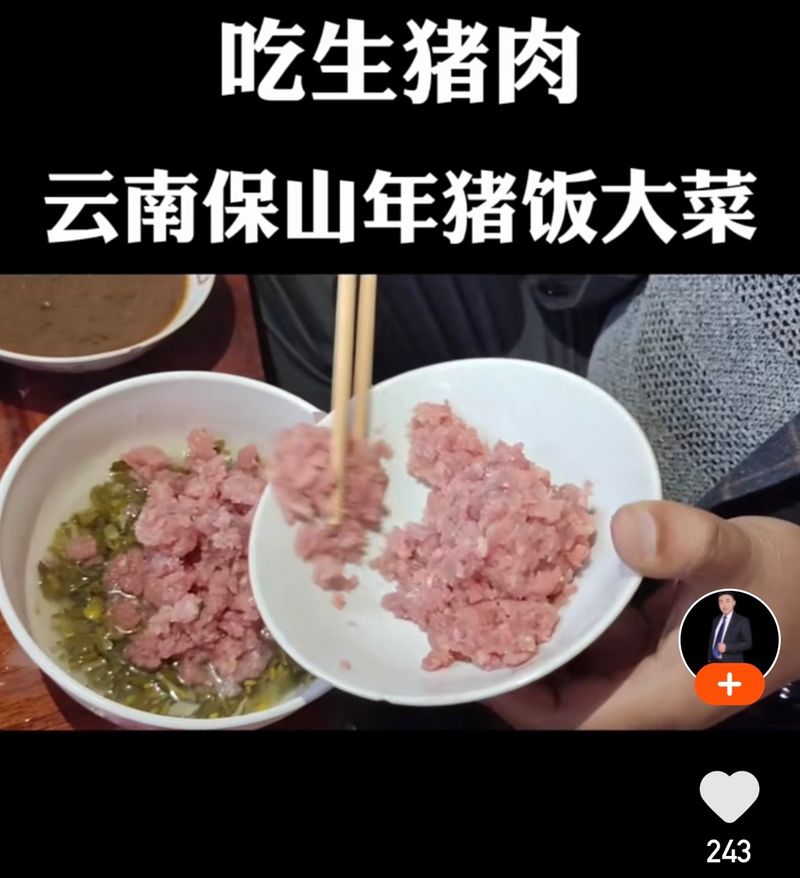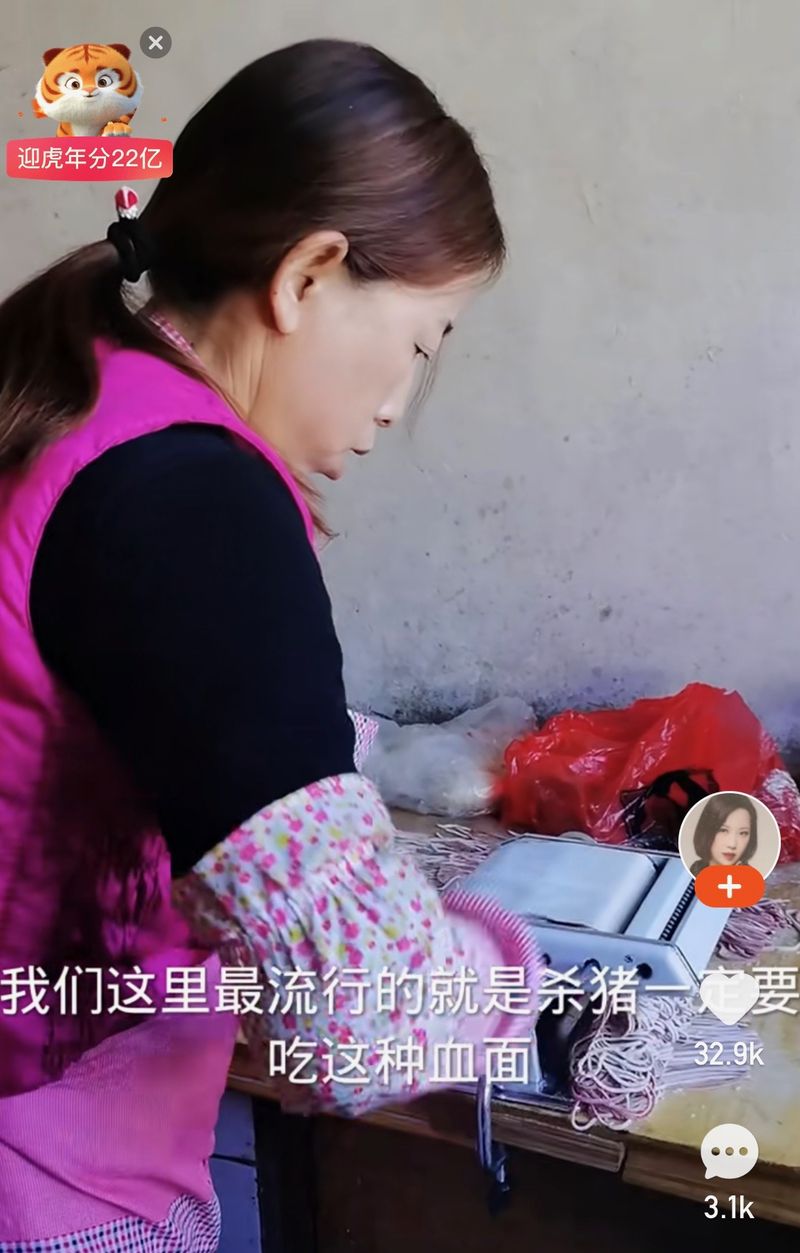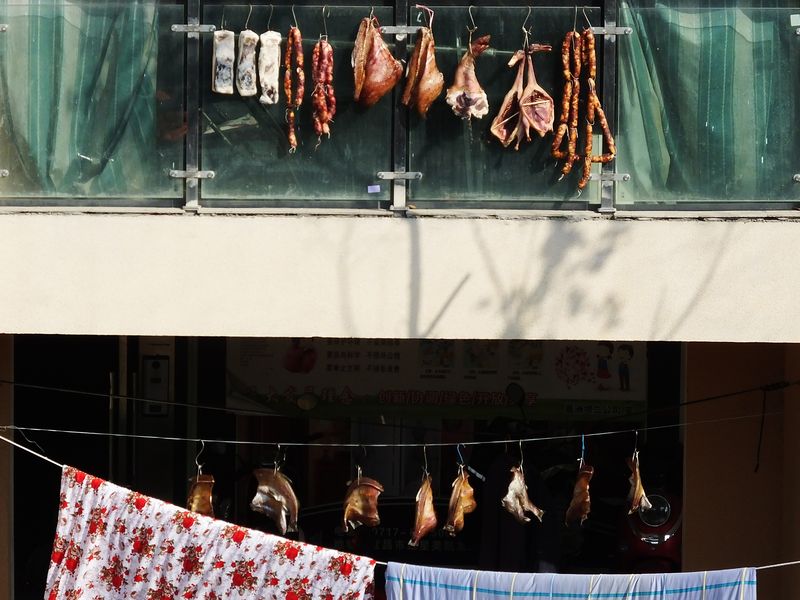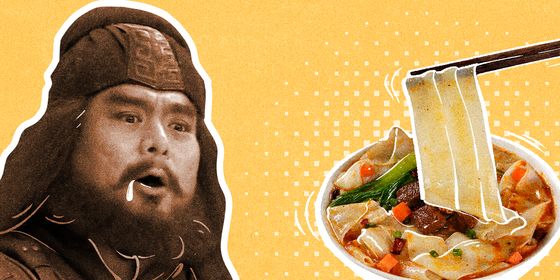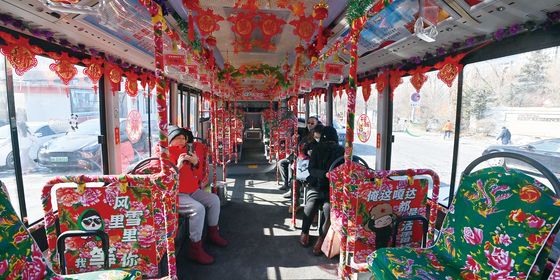What other foods do Chinese eat during the Lunar New Year?
It’s that time of year again—when families all over China put dumplings to boil as they count down to the new year…But wait! That’s only half the truth.
Yes, dumplings are well-loved by some, but for a large part of the population outside of northern China, eating dumplings for the Lunar New Year is far from a given. In some regions of the country, they are absent, or only play a minor role on the dinner table.
This is not the first time such subversive words have appeared in TWOC: “...the idea that the Chinese, of all people, would just pick one food item to eat repeatedly every holiday is ludicrous,” Hatty Liu, TWOC’s very own managing editor, once railed in a rambunctious opinion piece on the tyranny of jiaozi.
But if not dumplings, who are the heavyweights on holiday dinner tables across the nation? Well, Chinese New Year food traditions are as diverse as the country’s landscapes, peoples, and cultures. Hop on this dumpling-less culinary tour with us for some samples of how people in different parts of China celebrate through food:
Everything pork 杀猪菜
It is unclear when or why this tradition, popular with Han Chinese and other pork-loving ethnic groups, got started. A story often passed down through generations is that, in China’s more impoverished past, most rural families could not afford to eat meat on a daily basis, so the annual time for celebration and rest became a rare occasion to indulge. Families that raised pigs, one of the most popular livestock in the country, would slaughter one of the herd, cook up a feast, and share the meat with neighbors and friends.
Every year, users on video-sharing platform Kuaishou post clips of shazhucai/shazhufan (杀猪菜/杀猪饭, literally “feast from killing pig”) in the making. In addition to the usual stir frying, stewing, and braising, each region adds its own flairs. In the Northeast, fresh blood joins the embrace of washed intestines and boils into a soft and chewy blood sausage, while tender pork belly is boiled, sliced, and then stewed with pickled Chinese cabbage.
In Baoshan, in the southwestern Yunnan province, raw pork loin minced stirred with pickled vegetable (水腌菜拌生肉) and topped with spices. In some areas in Gansu and Ningxia in China’s northwest, blood from the year-end slaughtering goes straight into a flour mix and becomes blood noodles (血面). Skin jelly (皮冻) made from the collagen-rich soup of pork skin is also enjoyed far and wide around China.
No matter where you are in the country, the essence of shazhucai is to cover every inch of the table with goodies, and use every last part of the pig.
Cured meat and sausages 腊肠/腊肉
The slow and cold holiday season is the time to give meat, whether home-slaughtered or store-bought, a proper treatment so it can last longer, especially in the humid areas in southern parts of China. The historical record of larou (腊肉) goes back to as early as China’s divination classic The Book of Changes, or I Ching (《易经》), which describes it as a process of drying meat in the sun and then roasting it over a fire.
In provinces like Guangdong, Sichuan, and Hunan, the sight of meat and sausages hung up on balconies and under eaves is a sign that the new year is drawing near. The Cantonese style lap yuk (腊肉) and lap cheong (腊肠) boast a flavorful, soy-sauce based marinade and a patient air-drying process for the meats. Meanwhile, larou and lachang (腊肠) in rainier Hunan and Sichuan often call for a smoking process, which gives the meat a unique smokey flavor.
Meat-smoking has been causing safety issues, however. In a viral video from November 2021, an elderly man dozed off while curing meat with smoke and fell into the “fire pan” (luckily, he avoided serious injury). In Hubei province alone, the police reported 41 larou-induced fire outbreaks in 2021.
Rice of treasures 八宝饭
“Eight-treasure rice,” or babaofan (八宝饭) is a must-have for Chinese New Year’s Eve for many from the Jiangnan (“South of the Yangtze River”) region of China, including Shanghai, Jiangsu, Zhejiang, and Jiangxi. This sweet rice, as its name suggests, features at least eight ingredients, which almost always include sticky rice and red bean paste. The other ingredients vary from family to family, but popular choices include walnuts, lotus seeds, raisins, dates, longans, and other dried fruits and nuts. All are packed into the rice and steamed in a bowl, and the result is served upside-down on a plate.
One legend has it that the dish was created in honor of the eight officials who helped King Wu of Zhou overthrow King Zhou of Shang and establish the Zhou dynasty in 1046. Nowadays, people see the ingredients in this dish as symbolic of all sorts of good luck for the new year.
This winter, Dingdong, an online grocery platform, launched campaign called “Eight-Treasure Rice Everything,” highlighting various innovative versions of the dish. With flavors like “Musang King durian,” “tri-color quinoa pumpkin,” and “cheese mochi”, the company’s attempt to draw young consumers’ attention to this time-honored tradition proved successful, with 400 percent growth in its babaofan sales compared to the previous Lunar New Year.
Meanwhile, the Tibetan Plateau boasts its own version of the dish using a small and nutritious wild root called droma (གྲོ་མ།), or 蕨麻 in Mandarin, plus rice and yak butter as its base. It is traditionally eaten around the Tibetan New Year, but some families have started to adopt the tradition for the Han Chinese Lunar New Year too.
Roll ’em all up 食饼筒/麦油脂
For many families in Taizhou, Zhejiang province, sheets of paper-thin flour wraps replace individual plates on the Lunar New Year dinner table. In the middle of the table, over a dozen stir-fried dishes pile up—bean sprouts, tofu, leafy vegetables, taro, pork, liver, seaweed…the list goes on. Each person heaps their pancake with fillings of their choice, and rolls it up like a burrito. Children sometimes compete to see who can eat the most rolls—any number over two is considered impressive.
Often known as spring pancake (春饼) and eaten around “Beginning of Spring (立春)” solar term according to the traditional Chinese calendar in other parts of the country, this dish goes by many names in Taizhou, such as maq yeu tsy (麦油脂), zhiq pien don (食饼筒) or maq ciau (麦焦). Like many other round foods with multiple filling eaten around Chinese New Year (such as, whisper it, dumplings), maq yeu tsy allegedly is also a symbol of reunion.
Sharing is caring? 涎水面
Shaanxi province is proud of its carbs—various types of steamed buns, fried dough, and noodles are staples of Lunar New Year feasts. But among them, there is one food that younger generations are now often avoid—hanshui noodles (涎水面, literally “saliva noodles”).
A pot of well-seasoned soup boils in front of the guests, who take some noodles and ladle some soup into their own bowl. But here’s the catch—guests are supposed to eat only the noodles, and pour the remaining soup back into the pot to be recycled for the next diner. In one version of its origin story, this method of eating was invented by King Wen of the Zhou dynasty (1046 – 221 BCE), who once killed a boa snake and wanted everyone in the area to be able to try the flavor of the boa soup.
However, according to a 2010 report by a Shaanxi based media outlet, young people who moved away from the villages and return for holidays are reluctant to join the intimacy of sharing saliva noodles , and the local government has called for an end to this tradition for public health reasons. No doubt this is an even greater concern now due to the Covid-19 pandemic.
Eat lucky 谐音食物
You are what you eat, they say, and the names of the dishes matter during the Lunar New Year. Foods and dishes that sound like blessings for good luck or happiness are favored at the New Year dinner table.
Rice cakes (年糕 niángāo), for example, have the same pronunciation as 年高, literally “year tall.” Therefore, eating rice cakes indicates you can look forward to a year that will be better than the last.
Fish (鱼 yú), on the other hand, is pronounced the same as the character 余, meaning “surplus.” A fish dish at the very end of one year means you will have wealth left to carry over to the next.
Chicken (鸡 jī) sounds like 吉 (jí), which means “luck.” The same goes for citrus fruits like oranges, tangerines, and kumquats—all using the character 桔 (jú), which is close in pronunciation to 吉 (and identical in some dialects); the character also contains 吉 as a radical.
An exception to the penchant for good-luck food is the Cantonese custom of 无情鸡, or “ruthless chicken.” Around the Lunar New Year, some companies would go out for dinner as a group and order a chicken, with the chicken head pointed toward any unlucky employees who are about to be fired (at least according to Procuratorate Daily).
In Kunming, the capital of Yunnan province, one staple dish at the table is called “long dish (长菜),” in which long-shaped foods, such as napa cabbage, bok choy, and garlic leaves, are cooked without any chopping in the hope that the good times go on and on.








